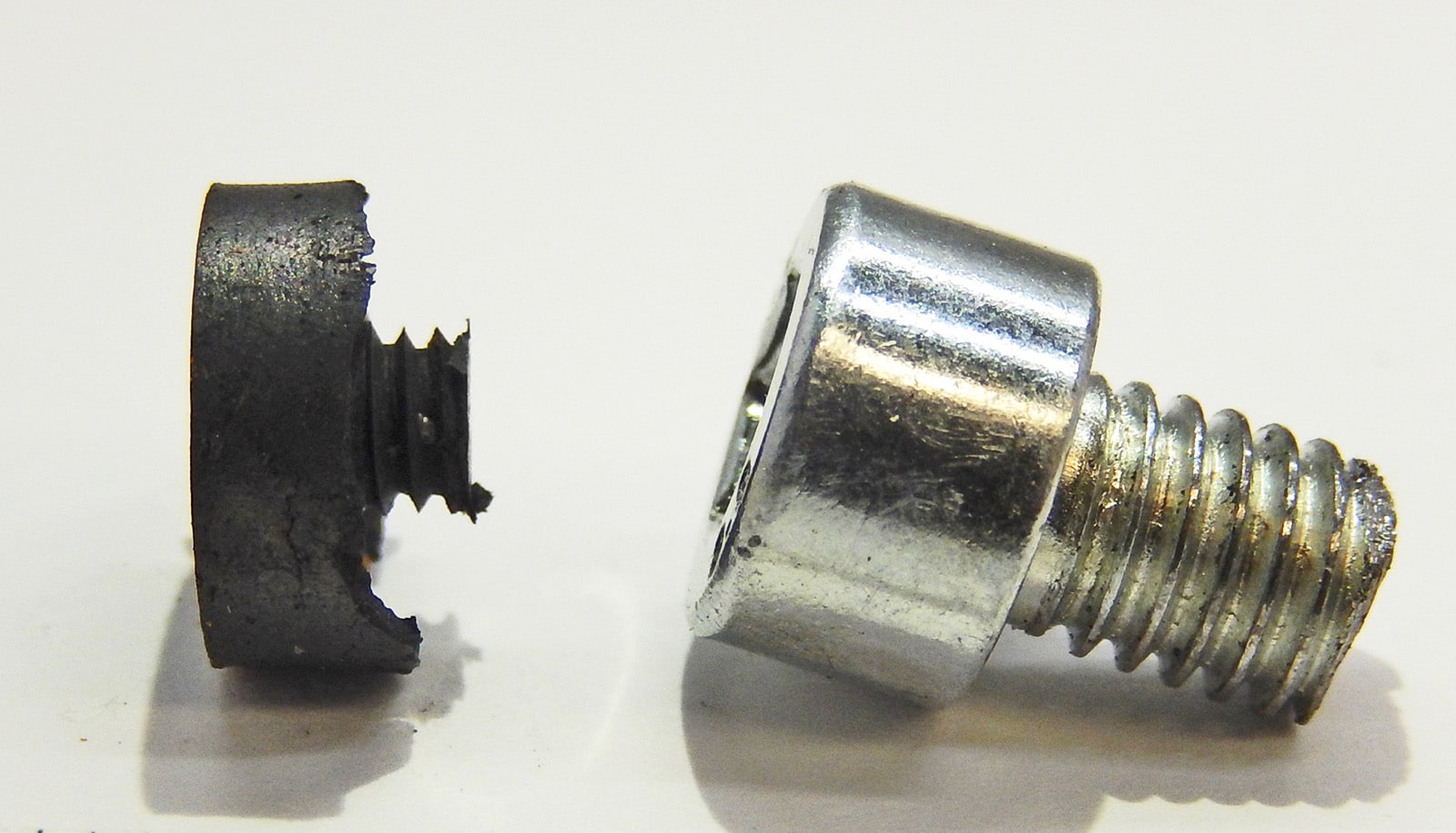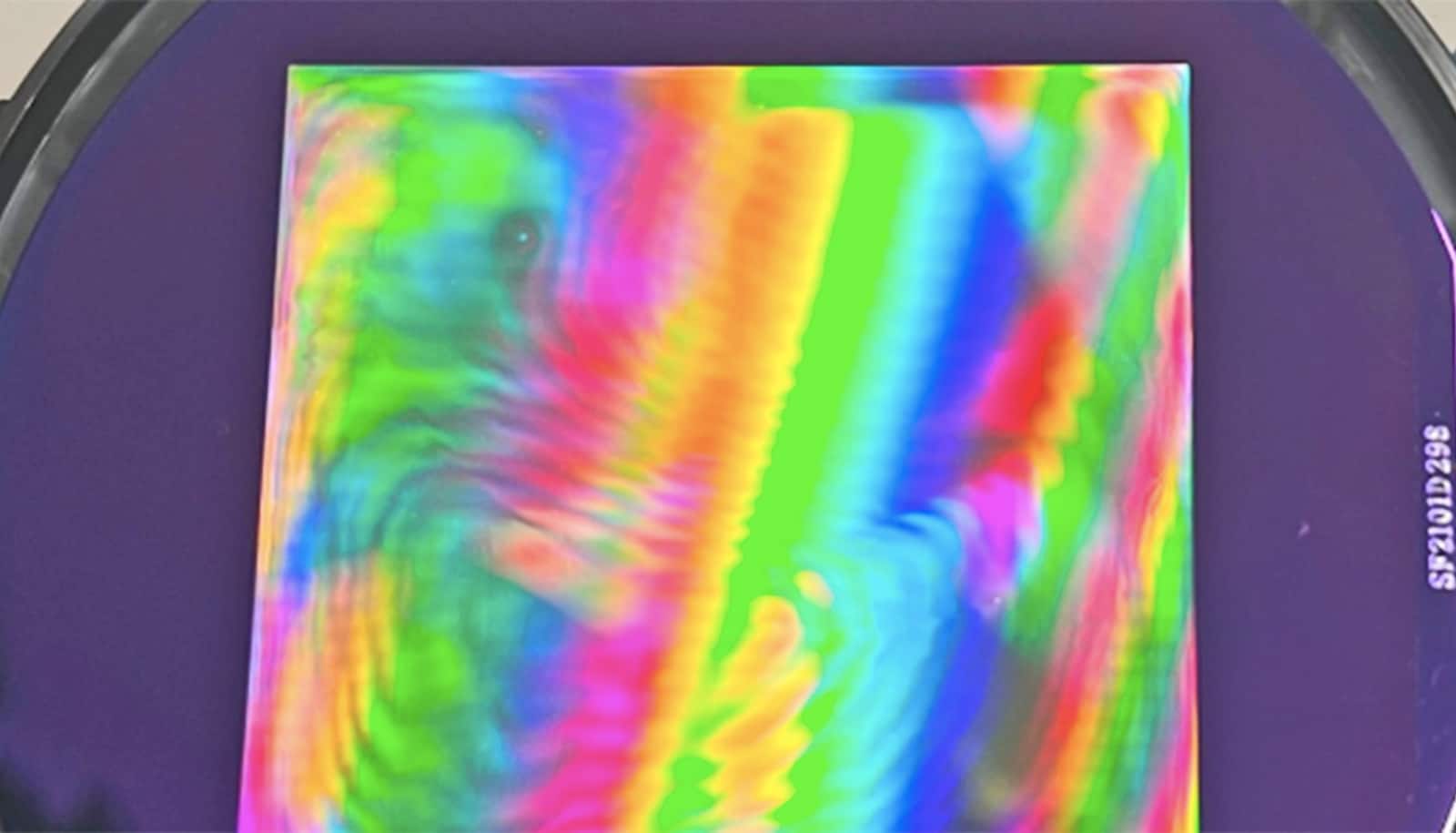A new type of conductive graphene foam is incredibly tough and and can be formed into just about any shape and size.
A chunk of the foam, which is reinforced by carbon nanotubes, can support more than 3,000 times its own weight and easily bounce back to its original height.
The Rice University lab of chemist James Tour tested this new “rebar graphene” as a highly porous, conductive electrode in lithium ion capacitors and found it to be mechanically and chemically stable. The results appear in the journal ACS Applied Materials and Interfaces.
Carbon in the form of atom-thin graphene is among the strongest materials known and is highly conductive; multiwalled carbon nanotubes are widely used as conductive reinforcements in metals, polymers and carbon matrix composites. The Tour lab had already used nanotubes to reinforce two-dimensional sheets of graphene. Extending the concept to macroscale materials made sense, says Tour, a professor of computer science and of materials science and nanoengineering.

“We developed graphene foam, but it wasn’t tough enough for the kind of applications we had in mind, so using carbon nanotubes to reinforce it was a natural next step,” Tour adds.
The 3D structures were created from a powdered nickel catalyst, surfactant-wrapped multiwall nanotubes and sugar as a carbon source. The materials were mixed and the water evaporated; the resulting pellets were pressed into a steel die and then heated in a chemical vapor deposition furnace, which turned the available carbon into graphene.
Graphene ‘biofoam’ makes filthy water drinkable
After further processing to remove remnants of nickel, the result was an all-carbon foam in the shape of the die, in this case a screw. Tour says the method will be easy to scale up.
Electron microscope images of the foam showed partially unzipped outer layers of the nanotubes had bonded to the graphene, which accounted for its strength and resilience. Graphene foam produced without the rebar could support only about 150 times its own weight while retaining the ability to rapidly return to its full height. But rebar graphene irreversibly deformed by about 25 percent when loaded with more than 8,500 times its weight.
Other researchers from Rice and Tianjin University in China contributed to the work. The Air Force Office of Scientific Research and its Multidisciplinary University Research Initiative supported it.
Source: Rice University



